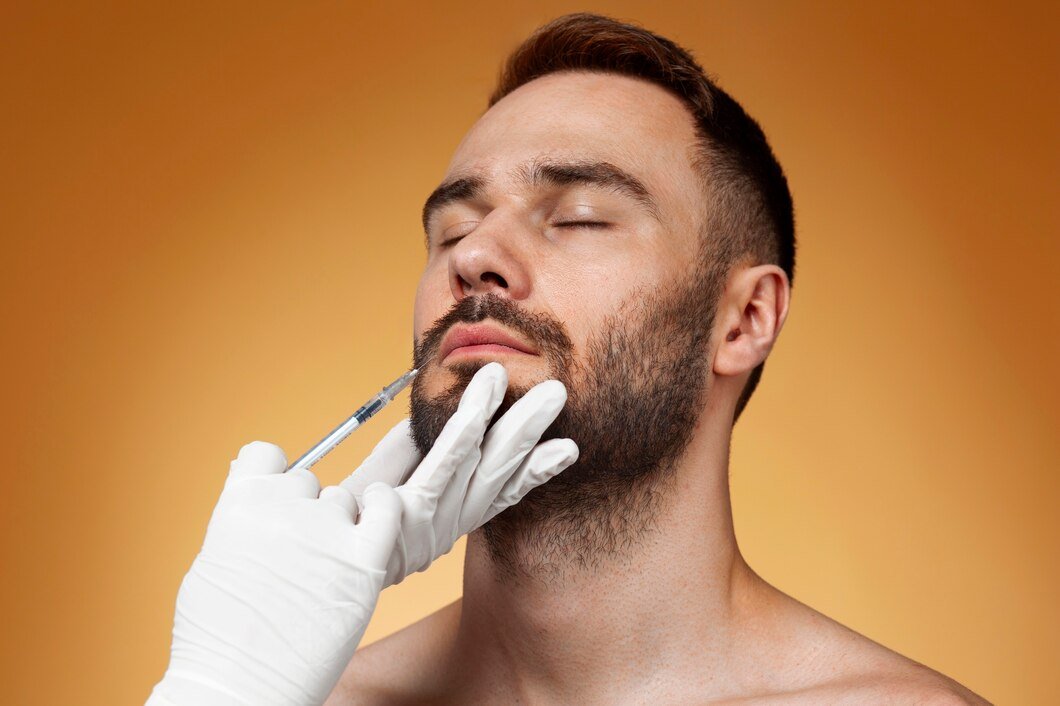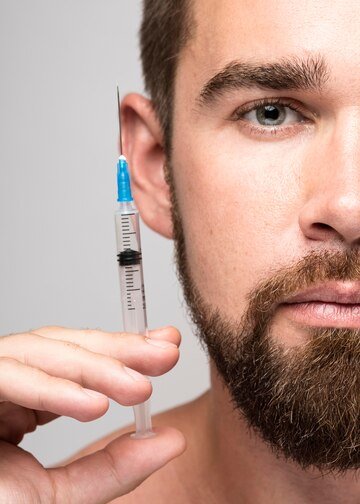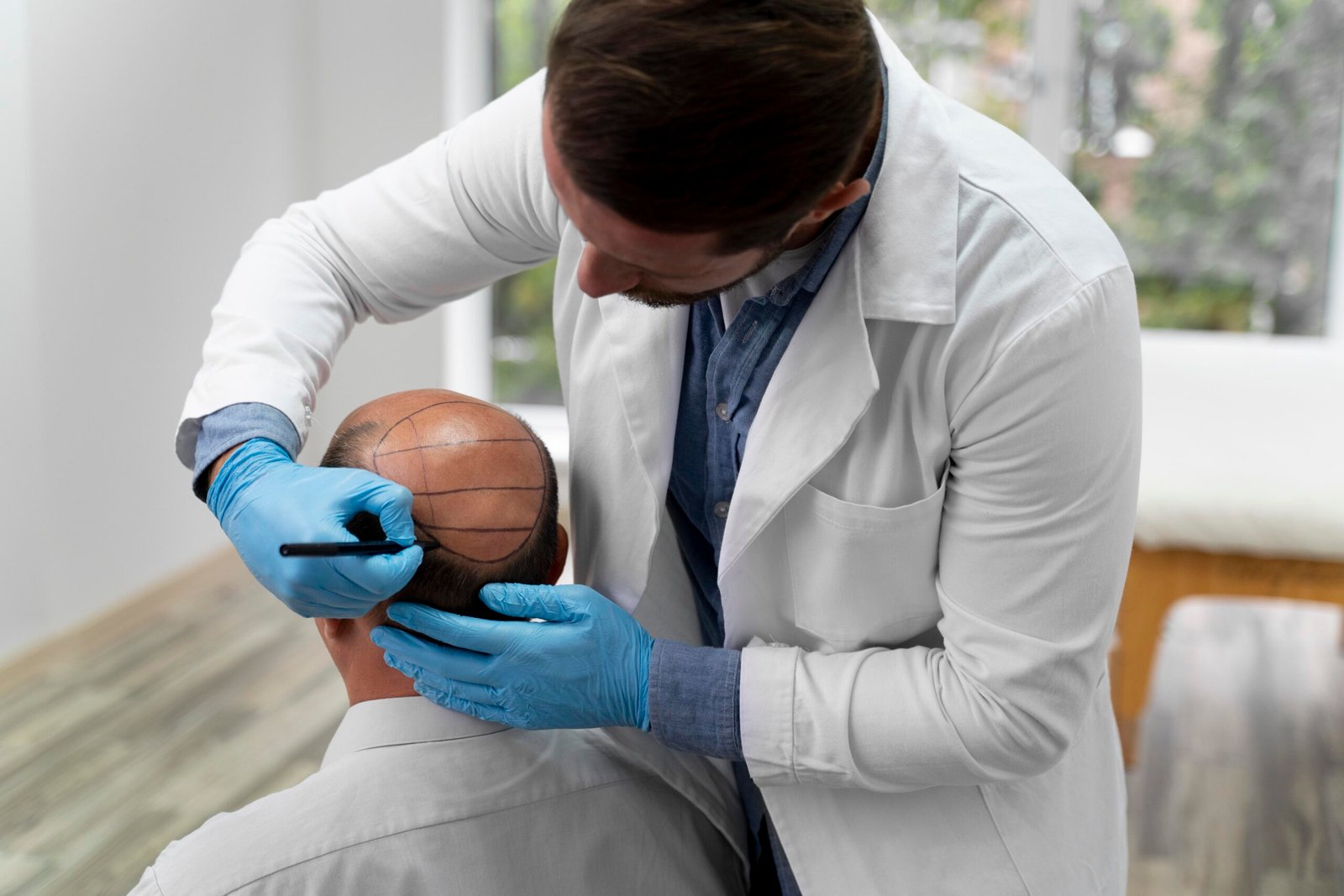Beard transplant, which is a solution for men with a rare beard or an abnormal beard due to various reasons, is also implemented widespread in our country. In parallel with the developments in hair transplantation, beard transplantation is now an implementation which is possible and demanded. As in hair transplantation, methods are similar in beard transplantation. However, the application and subsequent workflow are different. The appropriate technique is chosen from the methods applied in the hair region and implemented by the physician to the person who wants beard transplant.


Beard transplant, which is a solution for men with a rare beard or an abnormal beard due to various reasons, is also implemented widespread in our country. In parallel with the developments in hair transplantation, beard transplantation is now an implementation which is possible and demanded.
There are two main techniques used for beard transplants: follicular unit transplantation (FUT) and follicular unit extraction (FUE). FUT involves removing a strip of skin containing hair follicles from the donor area, while FUE involves extracting individual follicles directly from the scalp. Your surgeon will help determine the best technique for your unique needs and goals.
Techniques similar to hair transplantation are tailored to each patient's needs for optimal results.
Beard transplantation parallels hair transplant advancements, meeting increasing demand.
Anesthetic
Consectetur adipisicing elit, sed do eiusmod tempor incididunt ut labore dolore magna aliqua.enim ad minim veniam,
Once fully healed, the transplanted hair will begin to grow naturally like the rest of your facial hair. With proper care and maintenance, the results of your beard transplant can be permanent. You’ll finally be able to enjoy the confidence and satisfaction that comes with having a full, thick beard that complements your appearance.
Beard transplants, addressing rare or abnormal beard growth, have gained widespread popularity.
With advancements mirroring those in hair transplantation, beard transplants are now both feasible and sought after.
While methods parallel those of hair transplantation, the technique is tailored to each individual by the physician for optimal results.

Beard transplants primarily utilize two techniques: follicular unit transplantation (FUT) and follicular unit extraction (FUE).
FUT entails the removal of a strip of skin containing hair follicles from the donor area, while FUE involves the extraction of individual follicles directly from the scalp. Your surgeon will assess your specific needs and goals to determine the most suitable technique for you, ensuring optimal results tailored to your preferences.
After the beard transplant, once the transplanted hair fully heals, it will begin to grow naturally, blending seamlessly with the rest of your facial hair.
With diligent care and maintenance, the results of your beard transplant can be enduring, offering a permanent solution. This means you can enjoy the confidence and satisfaction of having a full, thick beard that complements your appearance, enhancing your overall look and self-assurance.
Yes, the transplanted hair follicles are genetically programmed to continue growing throughout your life, so the results of a beard transplant are permanent.
Beard transplants are typically outpatient procedures performed under local anesthesia. There are two main techniques used: follicular unit extraction (FUE) and follicular unit transplantation (FUT). FUE involves extracting individual hair follicles, while FUT removes a strip of scalp with multiple hair follicles. The extracted follicles are then transplanted into the recipient area on the face.
The recovery time for a beard transplant is relatively short. You can expect some redness, swelling, and scabbing for the first week or so. Most people can return to work within a few days to a week.
FUE transplants typically leave minimal scarring, while FUT transplants may leave a linear scar on the back of the scalp.
